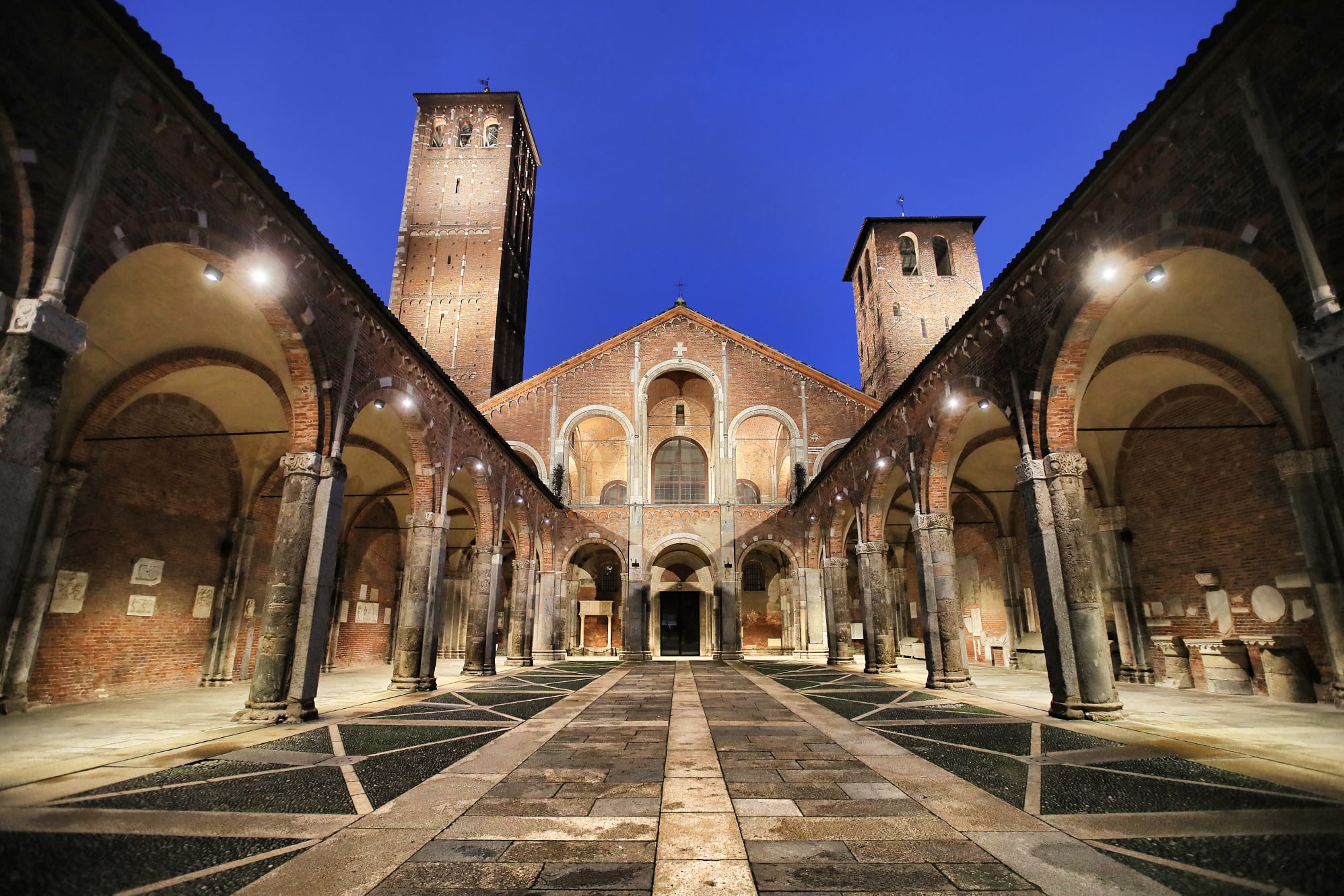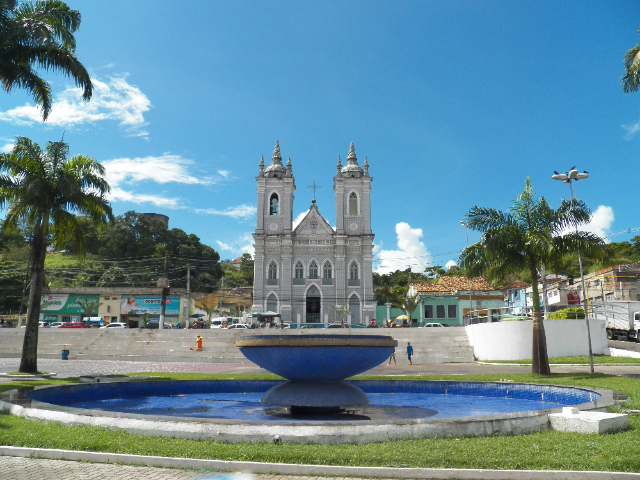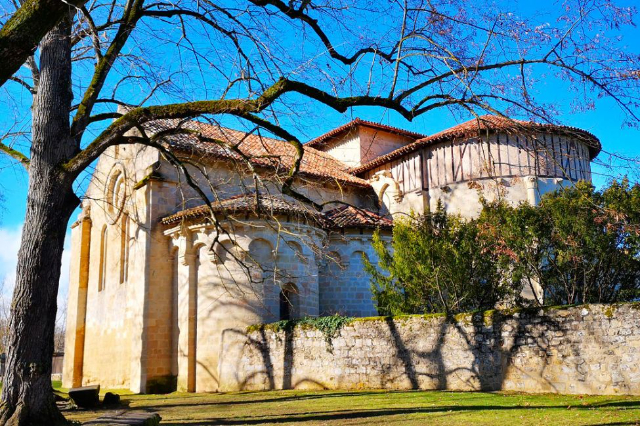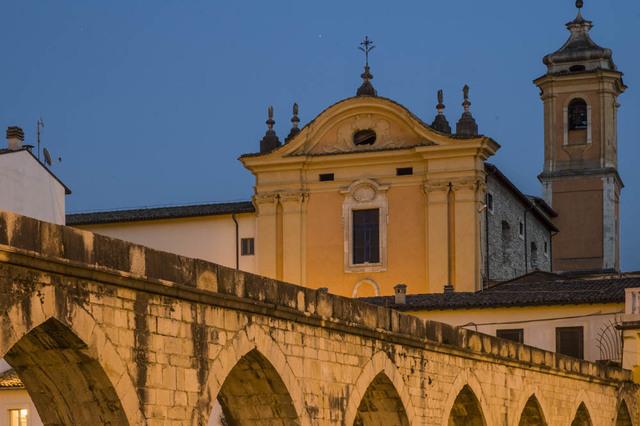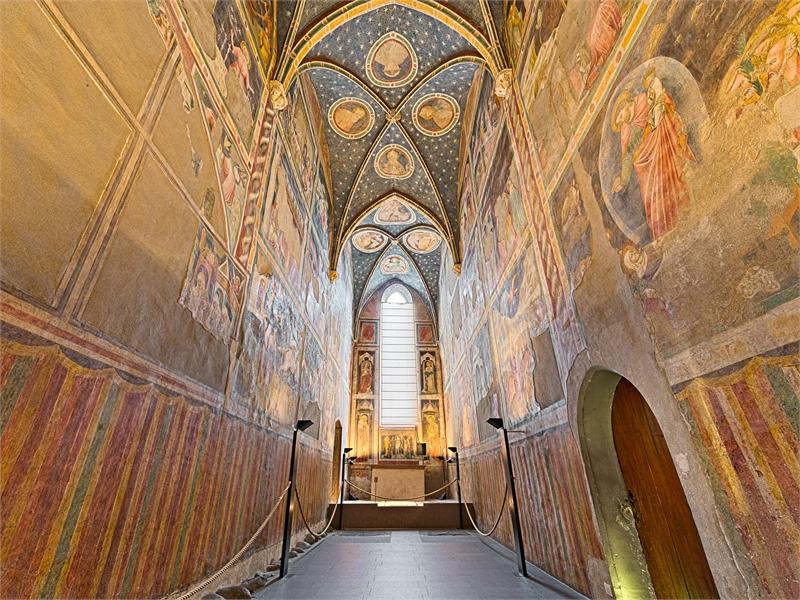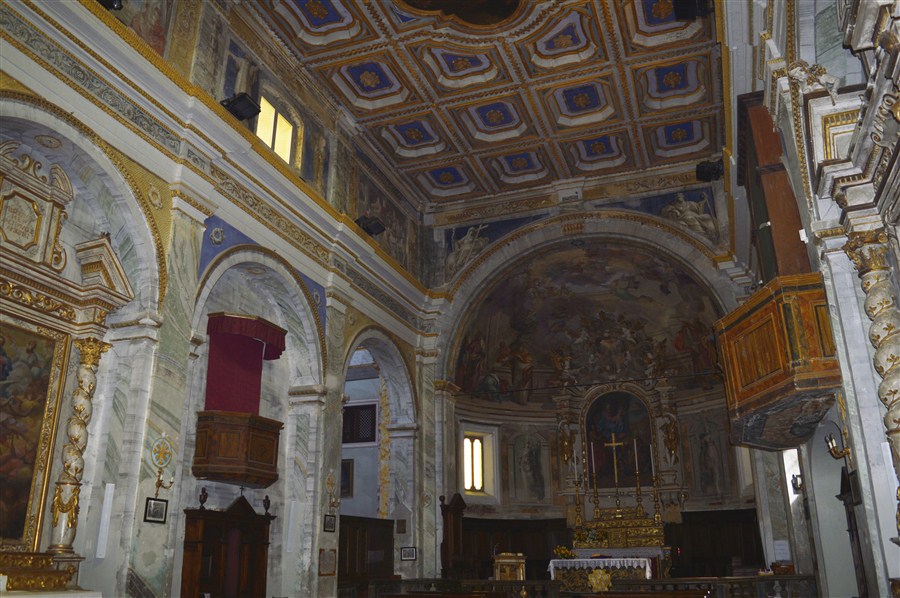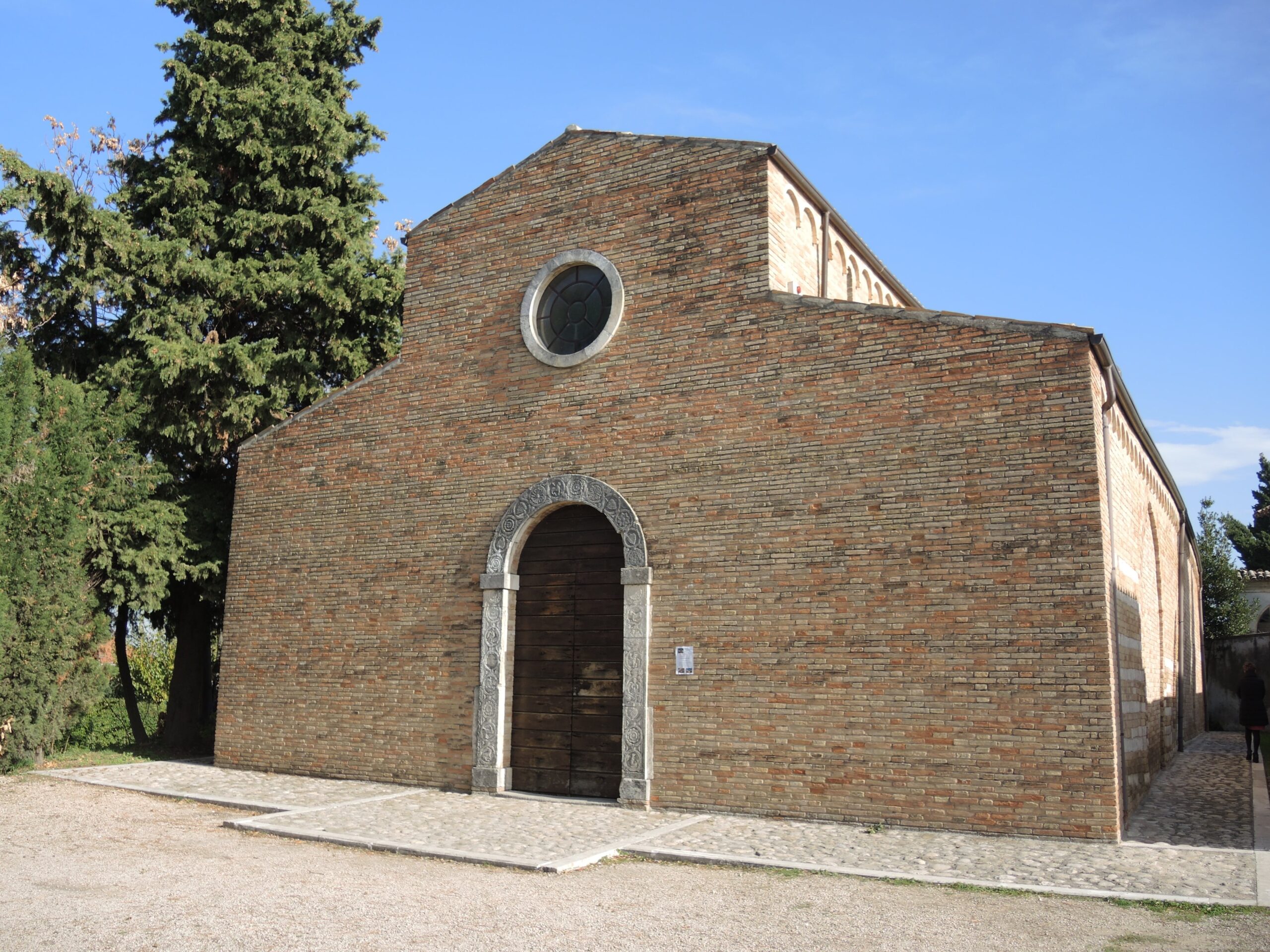The Basilica, dedicated to the bishop of Milan, is a magnificent example of Lombard Romanesque architecture. Built between 379 and 386 at the behest of the same Bishop Ambrose, who dedicated it to the martyred saints buried there (i.e. the martyred saints Satiro, Vittore, Nabore, Vitale, Felice, Valeria, Gervasio and Protasio). The name of the church became "Sant’Ambrogio" after the death of the founding bishop. Important works of enlargement were ordered by the bishop Angilberto II, while in the XII century the tiburium was built. The basilica is preceded by a large four-sided portico, inside of which there is a clear view of the large gabled facade and the two bell towers, called "dei Monaci" and "dei Canonici". The interior has a basilica plan, with a vast gallery above the aisles.
In the presbytery, under the octagonal tiburium, there is the famous Golden Altar, by the magister phaber Vuolvino, covered by the ciborium of the IX century. The apse is on two levels: in the lower one, lower than the nave, there is the crypt with the bodies of Saints Ambrose, Gervasius and Protasius and, in the upper level, there are the wooden stalls of the choir (15th century). Finally, on the left of the portico, there is the so-called column of the devil, so called because legend has it that the devil, during a fight with St. Ambrose, stuck his horns in it: there are in fact two holes side by side. Obviously legend is one thing, history is another: the two holes were the seat of a gate.
